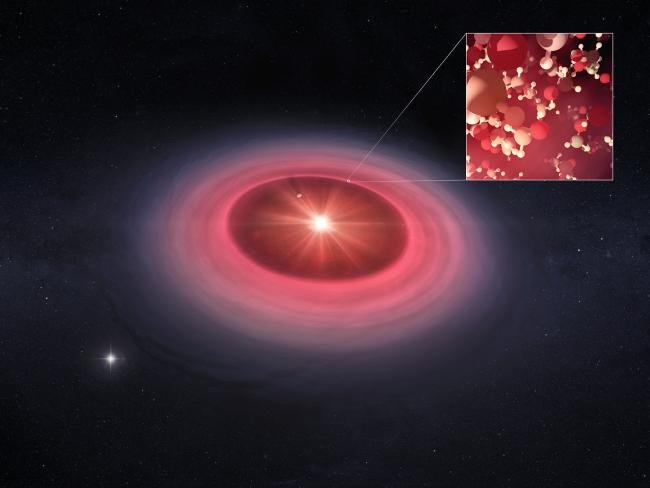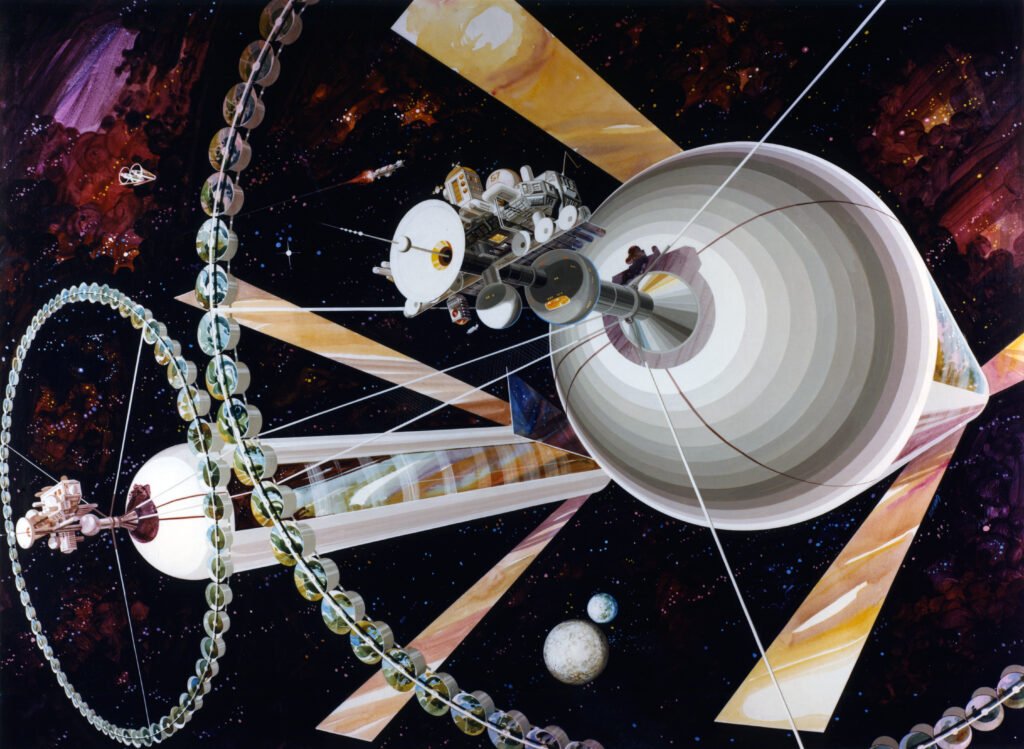Astronomers have discovered a cosmic goldmine in the whirling disk of a young star 330 light-years away, rare isotopes of methanol molecules possibly holding the key to the beginnings of life. The discovery of HD 100453, a star hardly a million years old, provides an unparalleled window into the chemical soup that generates planets and maybe life itself. First for a system this young, scientists found these elusive molecules in gas form using the Atacama Large Millimeter/submillimeter Array (ALMA). The results imply that similar stellar nurseries may be the source of Earth’s own chemistry and that the building blocks of life may be far more common in the universe than we ever thought.
A Cosmic Laboratory: The Strange Case of HD 100453
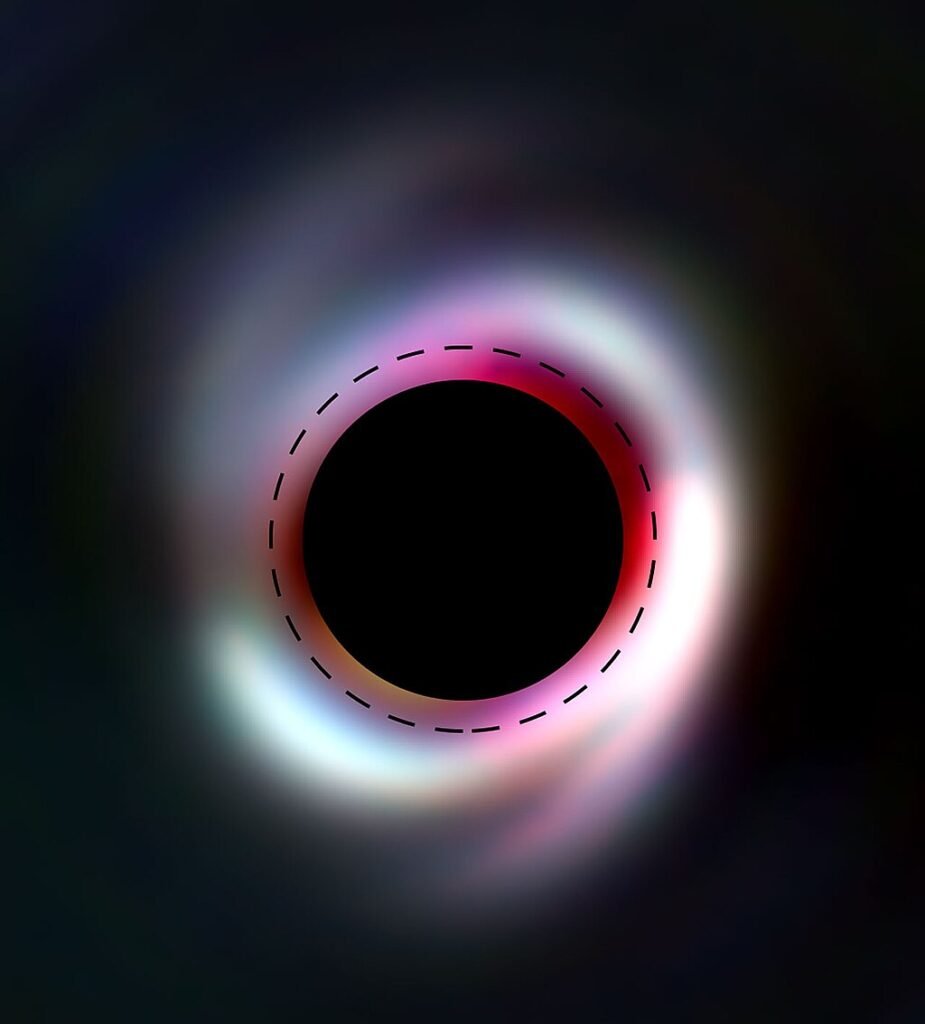
Not just any young star is HD 100453. Weighing 1.6 times the mass of the Sun, its strong heat drives the “snow line” of methanol the boundary where molecules change from ice to gas out to a startling 1.5 billion miles (16 times Earth’s orbit). This warmth let ALMA find the methanol isotopes, which would otherwise remain locked in icy darkness around cooler stars like our Sun. Two misaligned dust rings, presumably carved by an invisible giant planet, and a spiral structure most likely formed by a small companion star make the star’s disk also a dynamic mess.
Why would this system be a Rosetta Stone for astrobiology? Here the methanol is not only normal but also isotopically exotic, with variants 10 to 100 times rarer than normal forms. These heavy isotopes reveal that the molecules created on icy dust grains preceded their vaporization by the heat of the star, acting as chemical fingerprints.
Why Methanol Matters: The Seed of Life’s Recipe
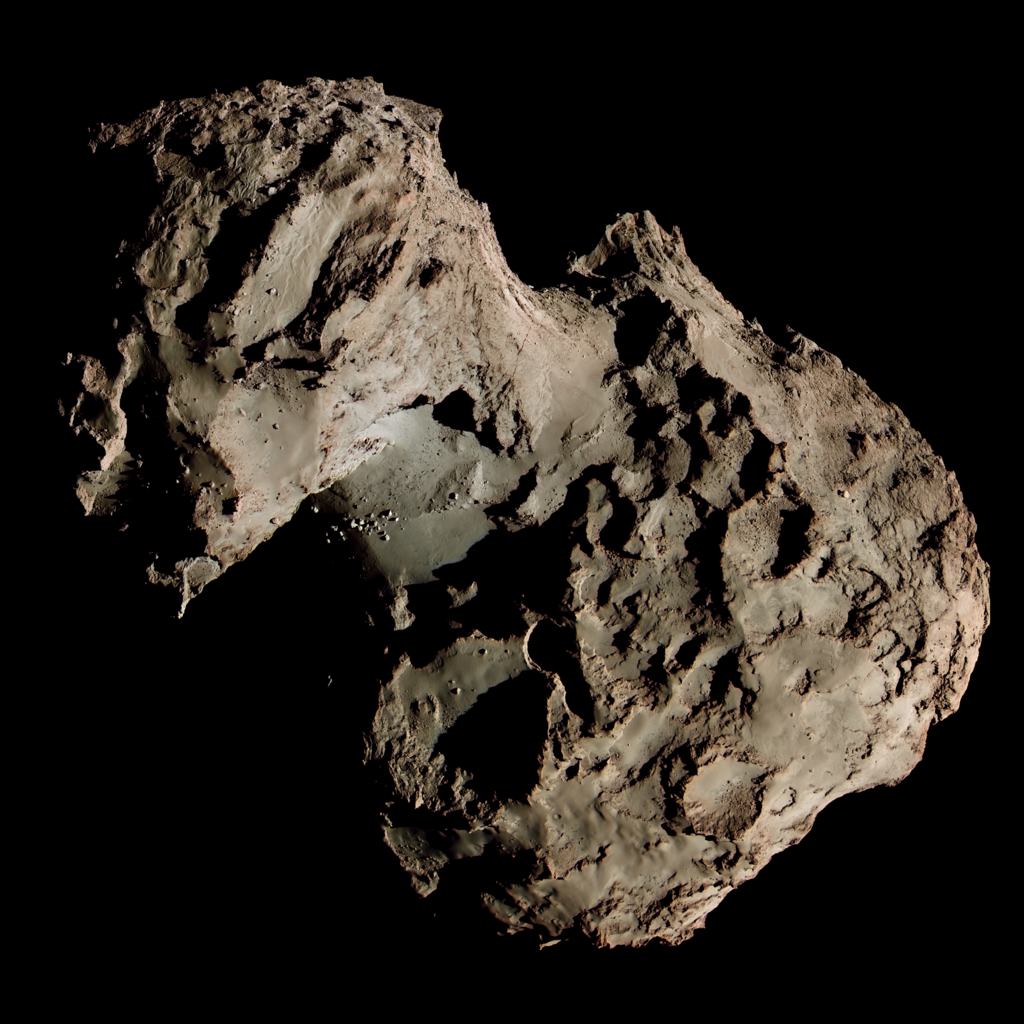
Though in space it’s a molecular multitool, methanol (CH₃OH) seems like a basic alcohol. Radiation or heat zapped it can morph into formaldehyde, ethylene glycol, or even amino acids the backbone of proteins. The finding of methanol isotopes in the disk of HD 100453 points to the fact that this process is not exclusive of our planet. More remarkably, the methanol to other molecule ratios here reflect those of comets like 67P/Churyumov-Gerasimenko, which notably carried the amino acid glycine.
“These isotopes are like a time machine,” lead author of the study Alice Booth says. “They tell us about the temperature, radiation, and ice content of the disk while these molecules first formed conditions that might have shaped life on Earth”.
Comets as Cosmic Couriers: Delivering Life’s Starter Kit
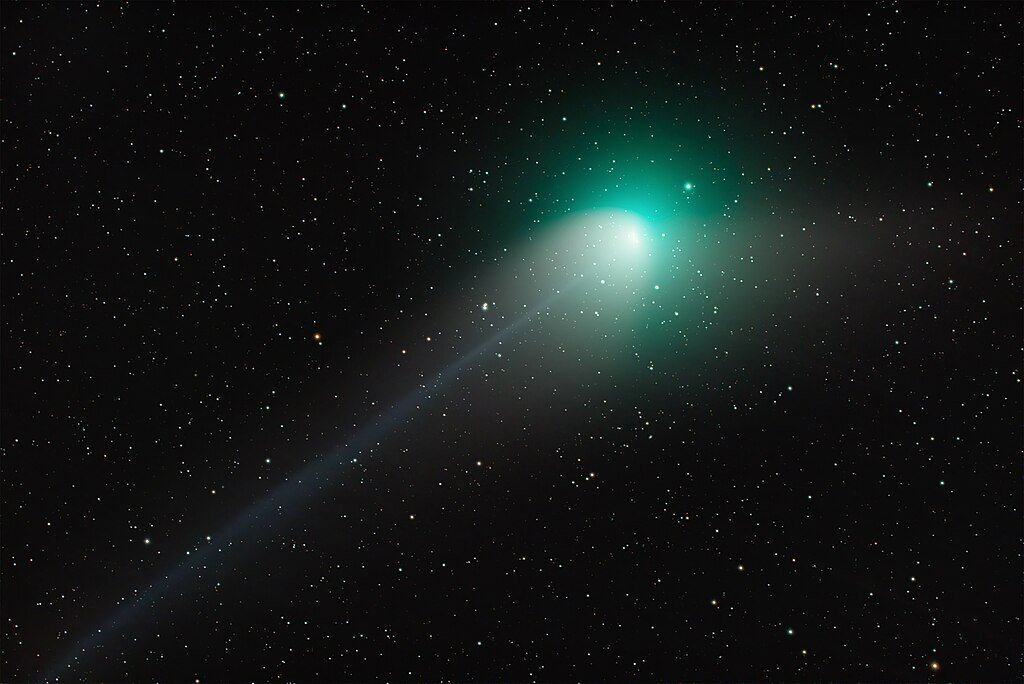
The most intriguing implication of the study is that comets might be universal delivery vehicles for components of life. Methanol is concentrated in the inner edge of a dusty ring on HD 100453’s disk where radiation cooks ices into gas. Some of this gas may later refreeze onto comets farther out, preserving the molecules for billions of years. These comets may deposit their organic load exactly as they did on early Earth when they later crash with planets.
“This isn’t just about methanol,” co-author Milou Temmink notes. “Should methanol be present, so could be sugars, amino acids, and other prebiotic molecules. We are witnessing the raw components of life in a planet factory”.
The Isotope Clue: Tracing Molecules to Their Origins
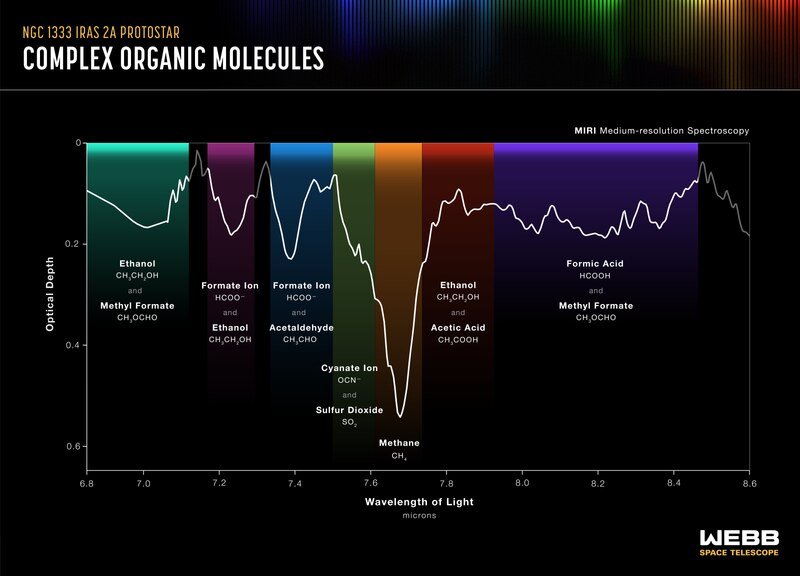
Finding rare isotopes is a method of solving cosmic whodunits, not only a technical challenge. Made on icy grains, molecules often pack more heavy isotopes than those born in gas. The methanol of HD 10053 matches the icy-origin profile, supporting the theory that complex organics develop in the deep freeze of space before stars awaken them. This cold reservoir may help to explain why comets are so chemically rich and why molecules keep recurring in protostars such as IRAS 2A, where JWST recently discovered ethanol and acetic acid ices.
The Bigger Picture: Are We Star Stuff After All?
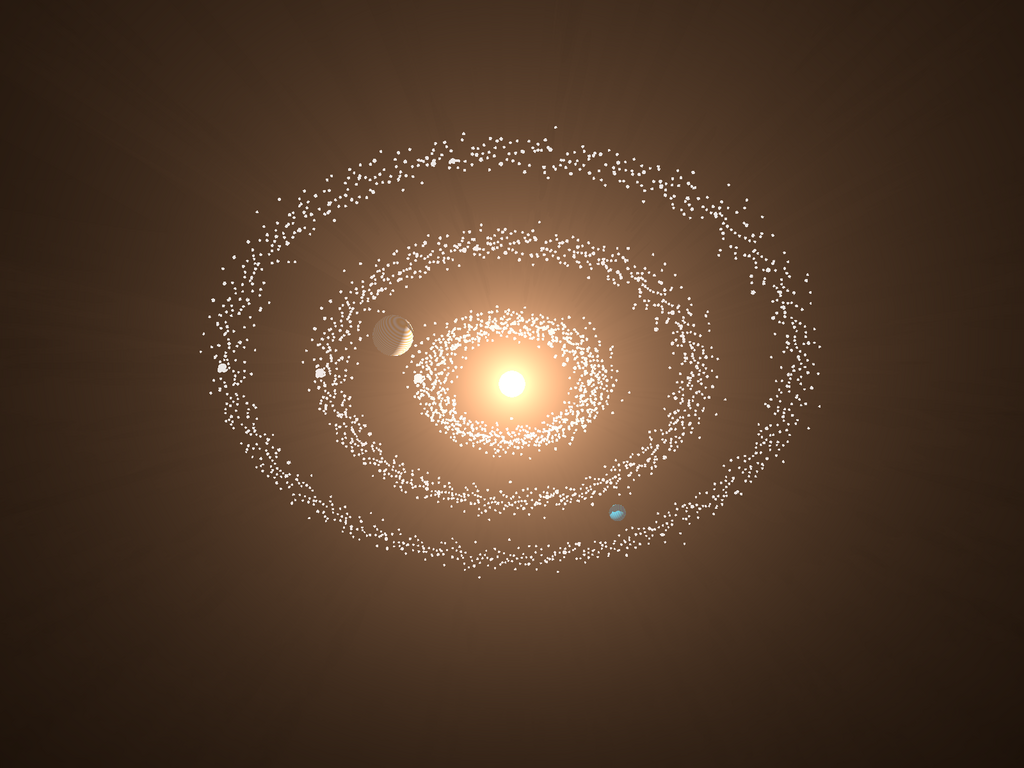
HD 100453 reminds us that components of life could be universal. With methanol as a trailhead, ALMA and JWST are now searching for even more complicated molecules in like-minded disks. “Where methanol thrives, bigger organics may follow,” co-author Lisa Wölfer notes. The next action is Searching these disks for glycine, ribose, or other direct preursors to life.
Projects like exoALMA are transforming our knowledge of planet-forming disks by using gas motions to locate hidden worlds and map their chemical legacy. As Booth says, “We’re not just looking for planets nowadays. We are learning the recipes of their birth and maybe our own”.
Conclusion: A Universe Primed for Life?
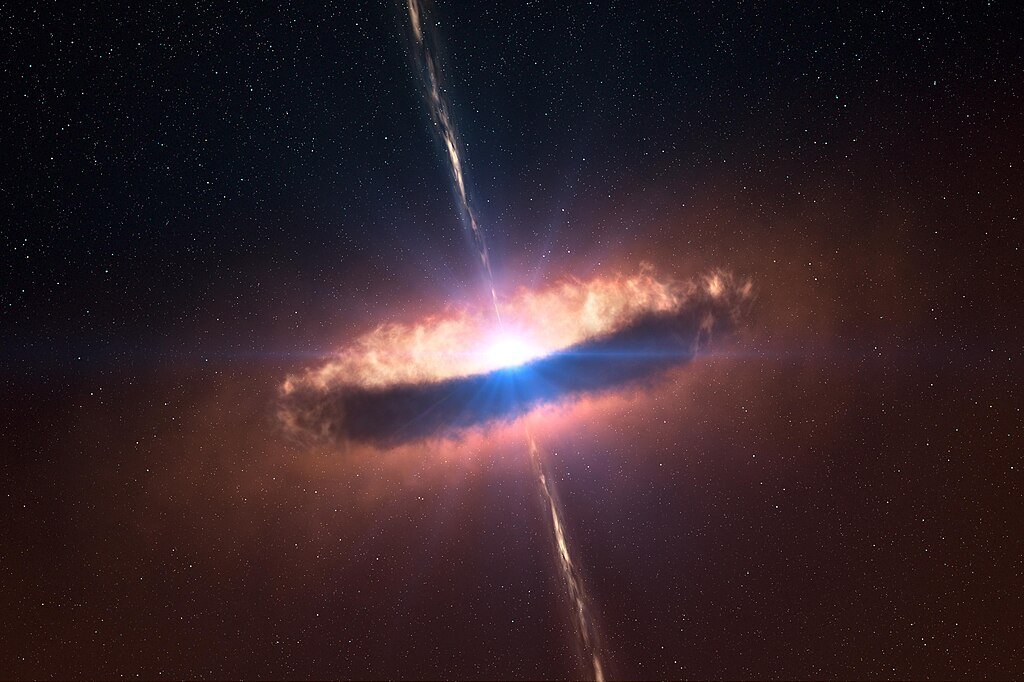
The find at HD 100453 greatly increases the chances but does not prove life exists outside of Earth. If methanol and its kin are common near young stars, the cosmic pantry for life may be large. One thing is abundantly evident as ALMA sharpens its vision and JWST peers farther into these disks: the universe does not produce only stars and planets. It cooks the very essence of life as well.
Sources:

Suhail Ahmed is a passionate digital professional and nature enthusiast with over 8 years of experience in content strategy, SEO, web development, and digital operations. Alongside his freelance journey, Suhail actively contributes to nature and wildlife platforms like Discover Wildlife, where he channels his curiosity for the planet into engaging, educational storytelling.
With a strong background in managing digital ecosystems — from ecommerce stores and WordPress websites to social media and automation — Suhail merges technical precision with creative insight. His content reflects a rare balance: SEO-friendly yet deeply human, data-informed yet emotionally resonant.
Driven by a love for discovery and storytelling, Suhail believes in using digital platforms to amplify causes that matter — especially those protecting Earth’s biodiversity and inspiring sustainable living. Whether he’s managing online projects or crafting wildlife content, his goal remains the same: to inform, inspire, and leave a positive digital footprint.

